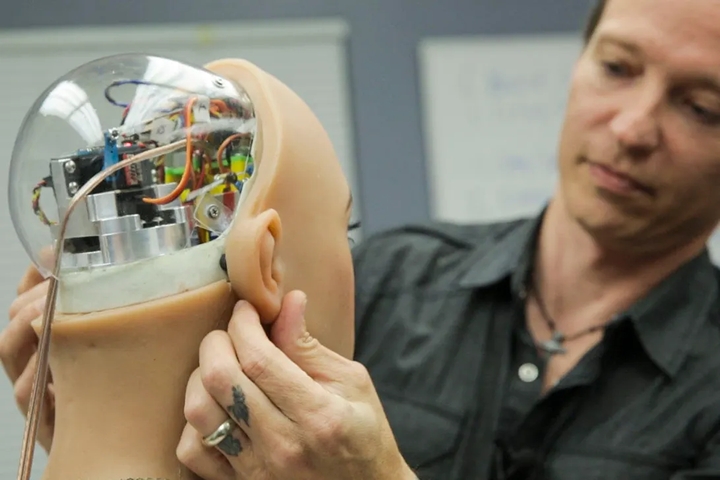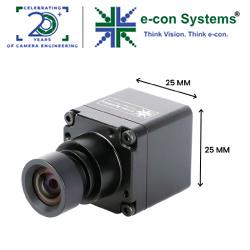Artificial intelligence can have infinite patience and allow human staff to take needed breaks to rest and recover from the highly stressful environments that working with challenging individuals can present.
 AI Capabilities in Humanoid Robots
AI Capabilities in Humanoid Robots

Q&A with Matt McMullen, COO | Realbotix
Tell us about yourself, Realbotix and Aria.
My name is Matt McMullen. I have spent most of my professional career primarily as an artist, fascinated by replicating the human form. I founded Realbotix in 2016 with the goal of creating robotic humanoid robots with a hyper-realistic appearance. Aria is one of my creations and the flagship platform of the Realbotix brand.
How do you envision robots like Aria changing corporate governance and decision-making processes?
I believe that embodying cutting-edge artificial intelligence in a human-like form yields a more human-like interaction between man and technology. In many ways, artificial intelligence can surpass human abilities, and by embodying that artificial intelligence in a human form, we can leverage more depth in our interactions.
What unique advantages do humanoid robots offer in special education, convalescent homes or schools?
Humanoid robots like those we build at Realbotix can offer additional support systems for medical professionals working in special education and convalescent home institutions. Artificial intelligence can have infinite patience and allow human staff to take needed breaks to rest and recover from the highly stressful environments that working with challenging individuals can present. Additionally, the ability to create whimsical characters can add another layer of possibility for interacting with patients.
Can you elaborate on the AI capabilities that allow Aria to serve on a corporate board?
Aria, as a robot, is a conduit for cutting-edge artificial intelligence. The advent of generative AI has created an amazing set of tools for everyone from artists to entrepreneurs. Using the human-like form of Aria allows us to give this intelligence and identity while also allowing us access to the vast depth of information that artificial intelligence has to offer.
What safeguards are in place to ensure that AI-powered robots make ethical decisions in corporate settings?
The safeguards in place are reliant upon the specific models created for the artificial intelligence we use. Artificial intelligence, in and of itself, is not dangerous as long as the prompts used are ethical and in line with company values. Therefore, every member of the board has access to the high-level prompts used to create and shape the AI itself. Additionally, the AI learns over time how to improve itself.
What technological hurdles still exist in creating truly lifelike and emotionally responsive robots?
There are many. As we rely on both hardware and software, we must constantly evolve both systems in parallel…. creating a life-like face is not the same as creating life-like expressions; and giving the robot sight is not the same as giving the robot the ability to read your emotions. It is very exciting to be in the early stages of seeing what is possible and we will continue to push the boundaries.
Looking ahead, what new applications or industries do you see as the next frontier for advanced humanoid robots?
 I truly believe that in the next five years, we will see an explosion of all different types of robots with whom we will interact increasingly in our everyday lives. We will see robots working on factory floors, and we will see robots working at restaurants or serving us coffee or cocktails. Each of these robots will have different requirements, and some of them will likely not look human. But I believe that the robots who look the most human like Realbotix’s Aria will be the ones who have the capability to be the closest to us on social levels. Perhaps they will even become our friends.
I truly believe that in the next five years, we will see an explosion of all different types of robots with whom we will interact increasingly in our everyday lives. We will see robots working on factory floors, and we will see robots working at restaurants or serving us coffee or cocktails. Each of these robots will have different requirements, and some of them will likely not look human. But I believe that the robots who look the most human like Realbotix’s Aria will be the ones who have the capability to be the closest to us on social levels. Perhaps they will even become our friends.
The content & opinions in this article are the author’s and do not necessarily represent the views of RoboticsTomorrow
Featured Product

